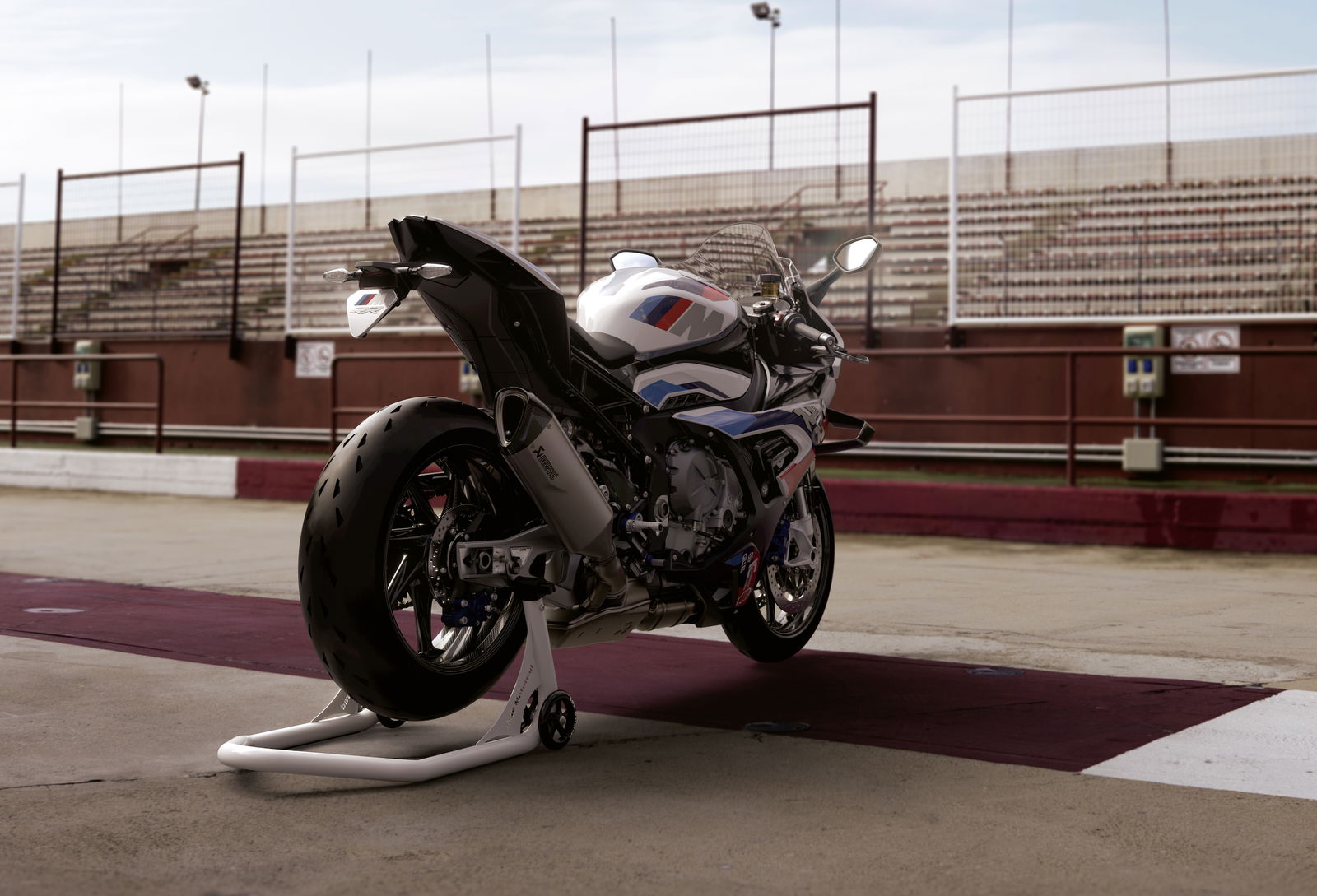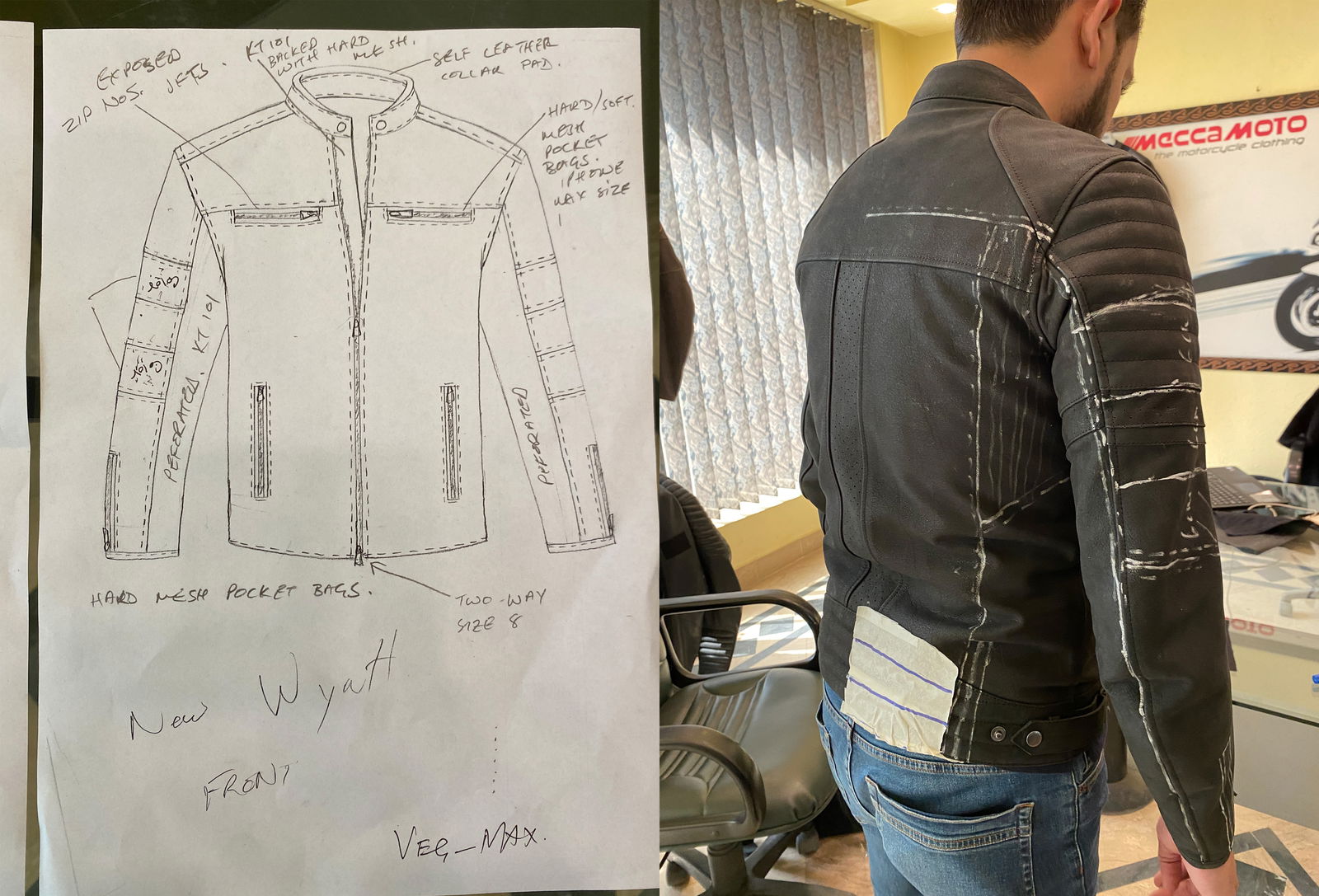How to Customise a Royal Enfield
Short of busting out the angle grinders, there are easier ways to make your modern Royal Enfield stand out. Head of the custom programme at the company, Adrian Sellers, explains all

Motorcycle owners have been customising their rides for as long as memory serves. Whether it was soldiers returning from the Second World War applying a ‘bob-job’ to ageing Harley-Davidsons in a bid to make them lighter and faster, or the extravagant styling of early 1960s Chopper culture, bikers have long been attracted to personalisation.
“Today, arguably more than ever, customers are looking to make products individual,” explains Adrian Sellers, the head of custom programme and racing at Royal Enfield.
“This carries over from so many other parts of a consumer’s life, including things like fashion and even technology. Customers expect to be able to purchase something unique and not have to wait too long for it,” he adds.
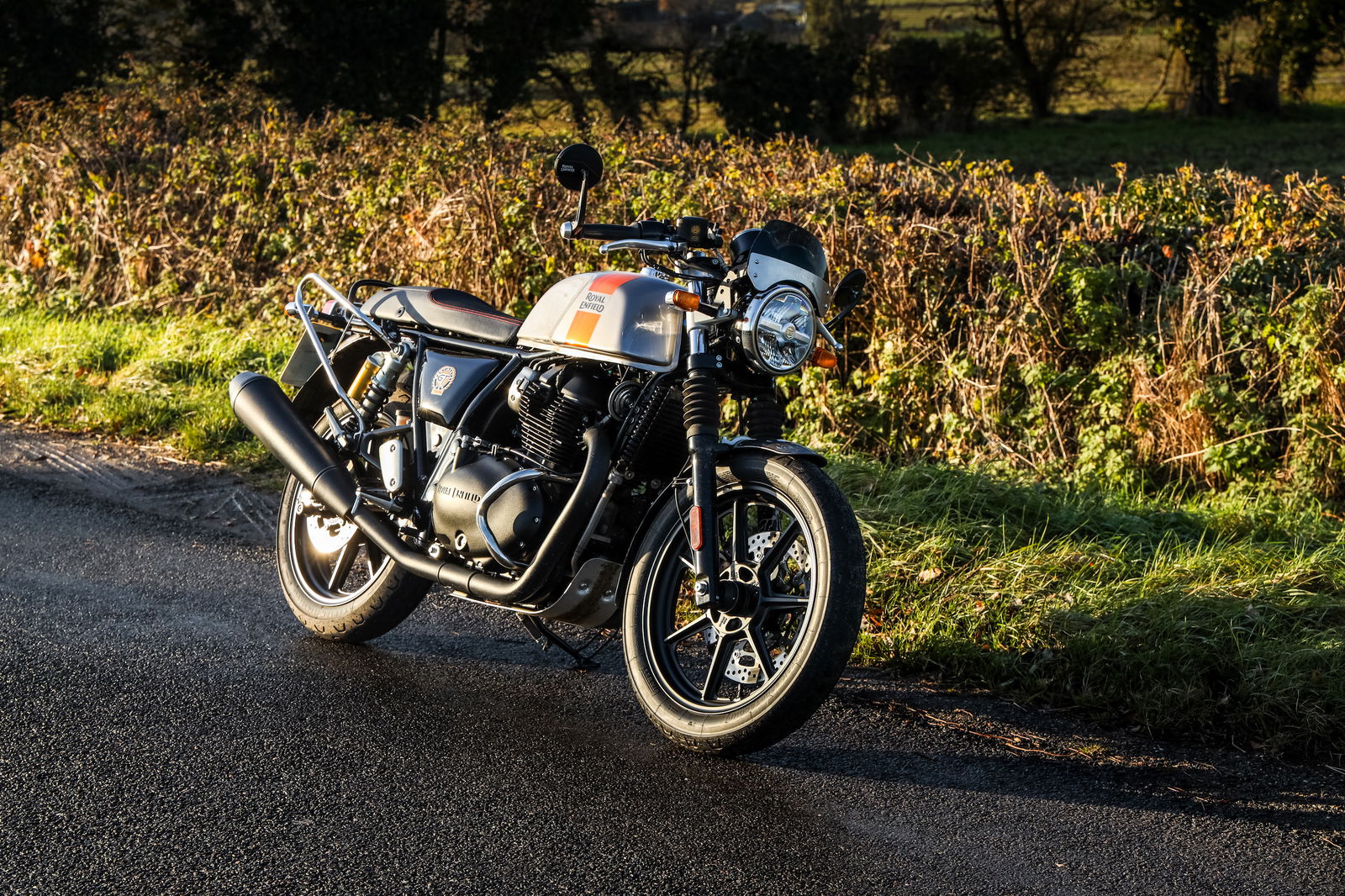
Since its resurgence from the brink of bankruptcy in the early 2000s, Royal Enfield has been a hit in its domestic market in India, but its range of retro-inspired twins, particularly the Interceptor 650 and Continental GT, have also found global success and have proven popular among those that like to add a little personal touch.
“We’ve always tried to keep the design of our bikes pure and simple. We still like to work with metal, rather than plastic, and we shy away from lots of complicated electronics. These are likely some of the reasons that customisers from around the world have been drawn to Royal Enfield bikes. The bikes are simple to work on but the end results can vary wildly,” Sellers says.

Part of Sellers’ job is to push the boundaries of what a Royal Enfield can do, but perhaps more importantly, what a Royal Enfield is capable of becoming. Working alongside some of the world’s most talented customisers, such as French creators BAAK, Roland Sands in the USA and Rajputana in India, some of the company’s best-selling models have successfully been transformed into everything from stripped-back cafe racers to compact choppers.
Easy accessories
Understanding this desire for personalisation, Royal Enfield has begun offering a range of accessories for most of its line-up that require little more than attaching with a few bolts or screws. If you’re keen on customising your RE in the simplest way, this is arguably the best place to start.
“We launched the Make it Yours programme in India and it has proven very popular. Here, customers can go onto an online configurator and start customising most of the range with various tank colours, mirror choices, oil filler caps and other accessories,” Sellers says.
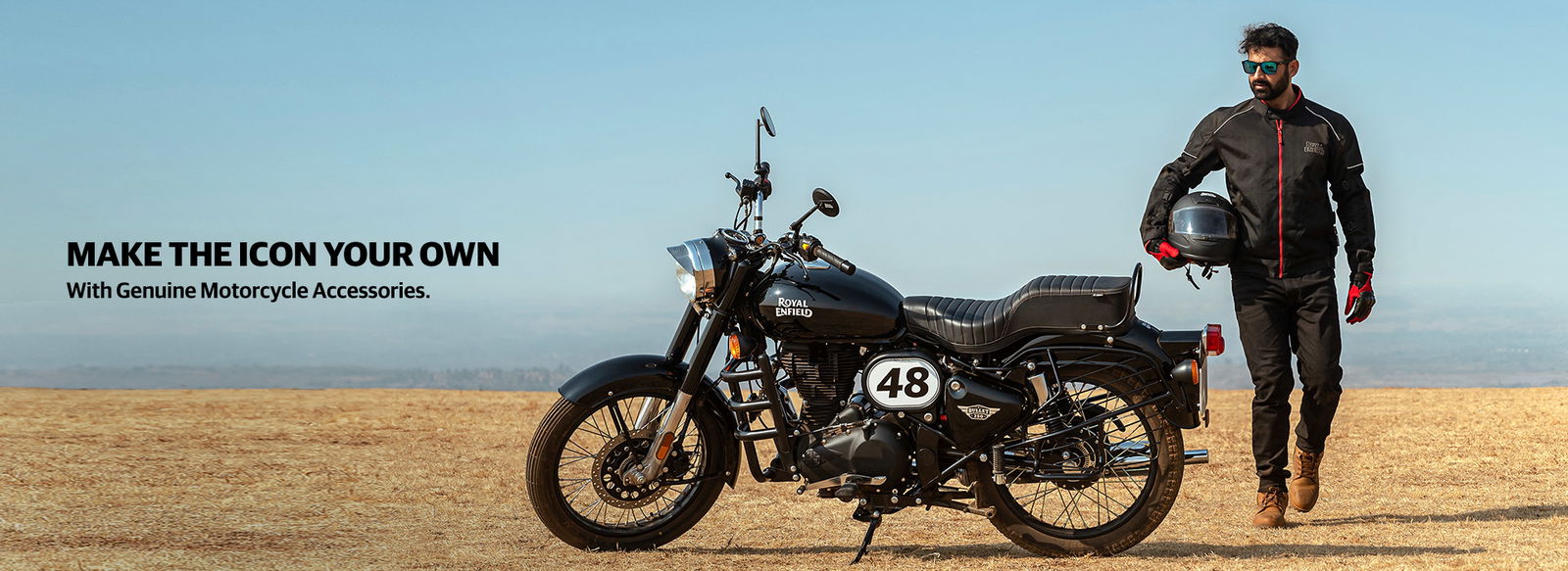
Unfortunately, due to restrictions with lead times associated with manufacturing in India, the service isn’t available anywhere else at the moment, but that could change in the future.
As nice as it is, the configurator remains fairly limited in what users can add, with the end results still very much looking like a factory bike. Part of that reason is safety and Sellers is keen to reiterate that Royal Enfield can only warranty against parts and configurations it has tested.
“Our bikes go through hours and hours of rigorous engineering and testing, as we have a commitment to the safety of our customers,” he says. “While I’m keen to push creativity, we still have to be realistic about promoting structural changes to our bikes,” he adds.
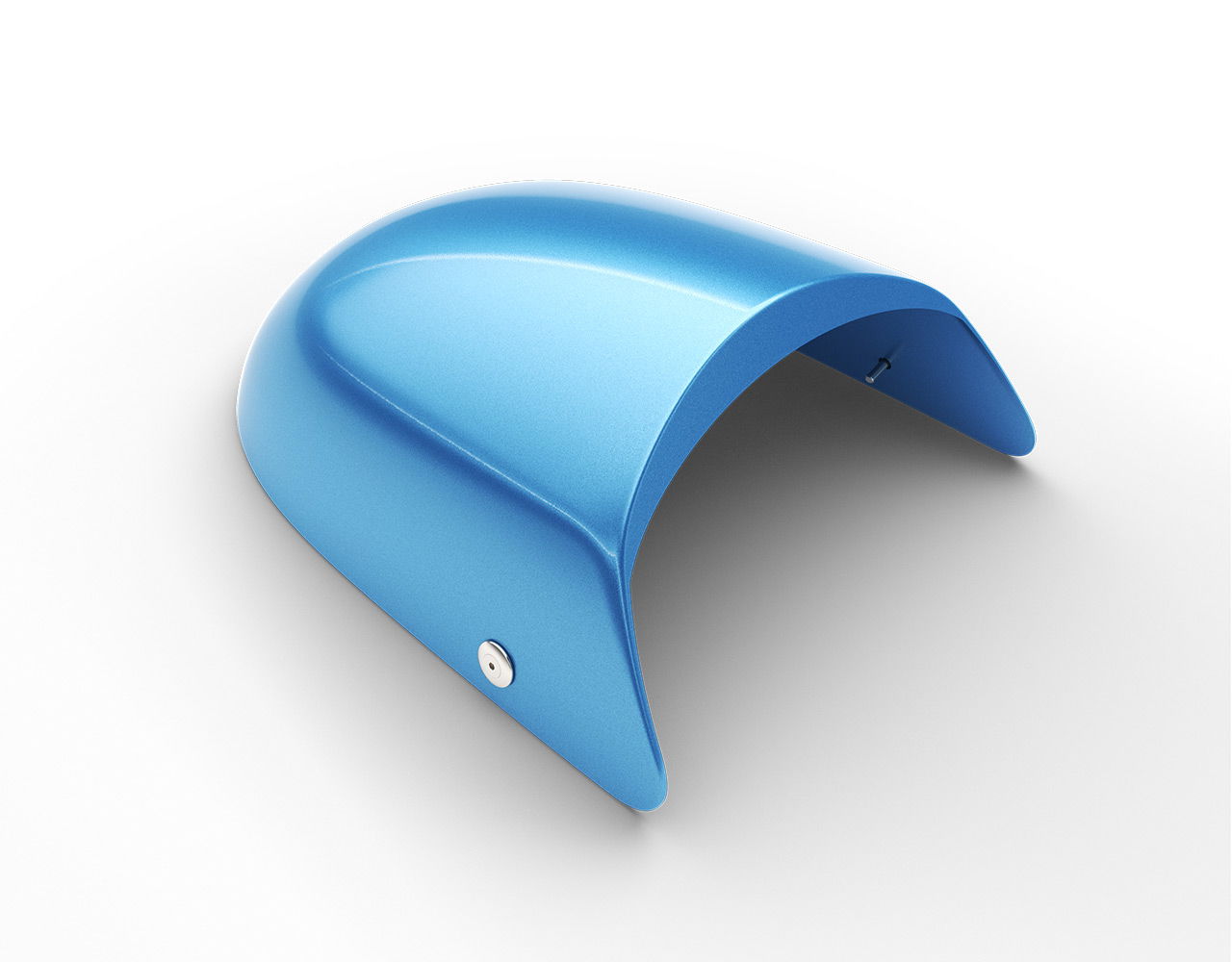
It’s a good point to make, as any customisation you experiment with could impact things like the bike’s warranty, not to mention your insurance policy. The latter varies from country to country, but as a golden rule, insurance companies demand you list any changes you’ve made from factory form.
Custom kits
One of the more popular approaches to simple bike customisation has come in the form of “custom kits”, typically fabricated and then produced at scale by some of the aforementioned big-name bike customisers.
These all-in-one accessory packages have been carefully curated to change the way a Royal Enfield looks with minimal chopping and changing. BAAK, for example, offers a package for the 650 Interceptor (below) that transforms it into a leather-clade street scrambler.
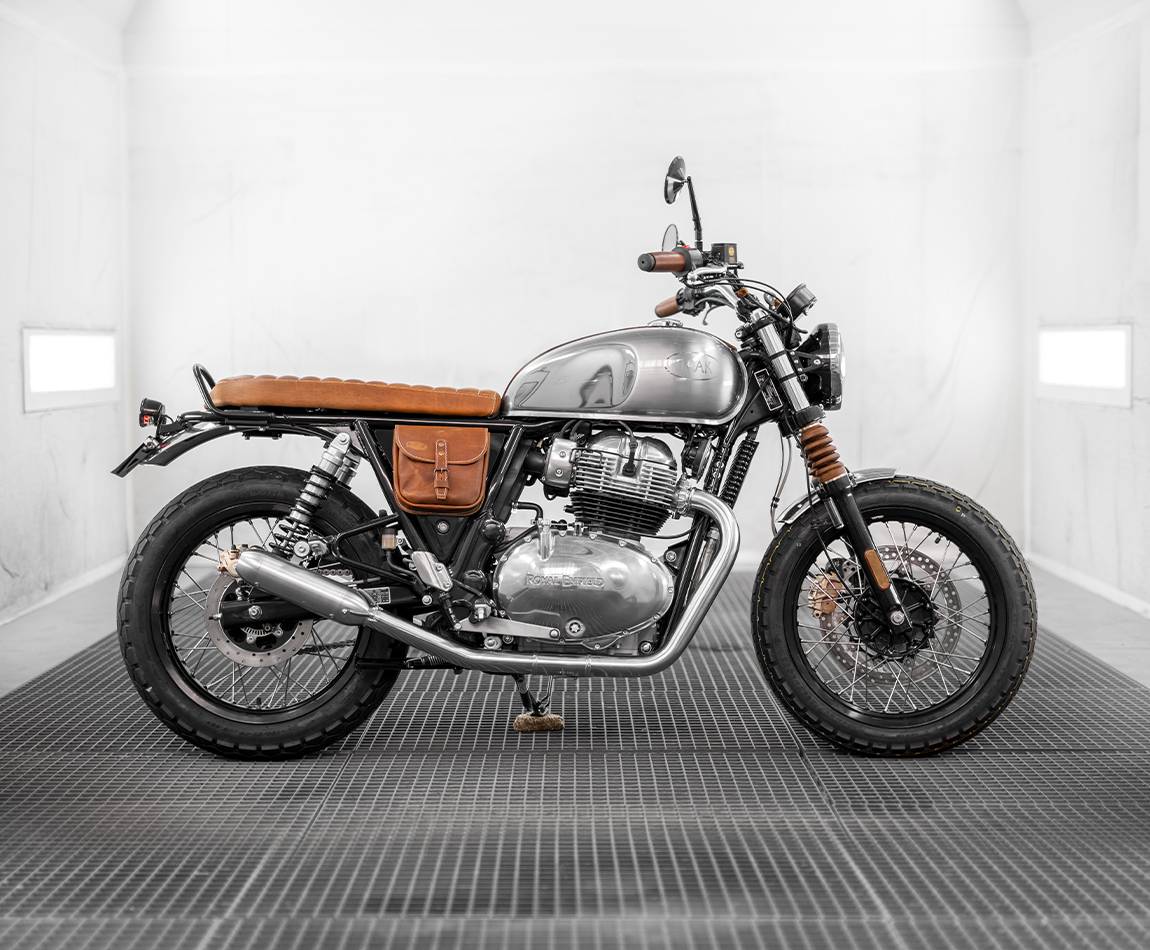
Bonvent Bikes will happily turn the same bike into a vintage, rally-raid style scrambler, while Germany’s Crooked Motorcycles offers a plug-and-play solution to turn the Interceptor into a low-slung street brawler.
Anyone who knows their way around a toolbox should be able to do things like remove seats, swap bars, replace indicators and add a few brackets here and there. Plus, if you get stuck, there’s typically a YouTube video that walks you through it.
But put simply, if you are determined to make your Royal Enfield completely bespoke, the only way is to take it to your favourite professional builder and have their creativity run wild. Just be warned, that kind of service doesn’t come cheap.
“It’s important that we continue to support the custom bike community, as it never ceases to amaze us with what it can produce. These show bikes also help to inspire those that want to try it themselves, which is often easier and more accessible than with classic cars and other vehicles,” Sellers said.

Royal Enfield’s penchant for custom culture shows no sign of abating either, as its recently unveiled Shotgun 650 model (above) has been designed with modular bodywork that can transform it from a pillion-carrying, long-distance tourer into a single-seat, city-slicking bobber with just a few bolts.
Now, it seems, there’s really no excuse for not rolling up your sleeves, breaking out the spanners and creating something unique.
